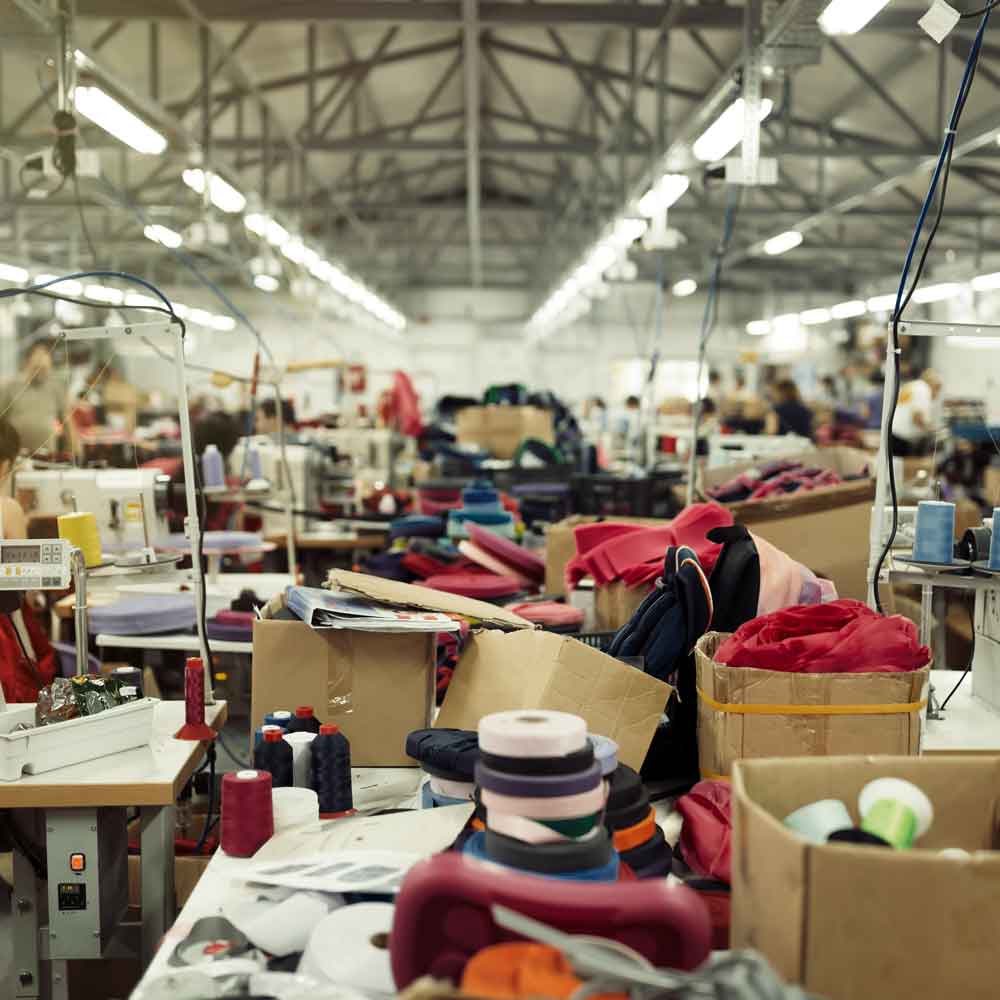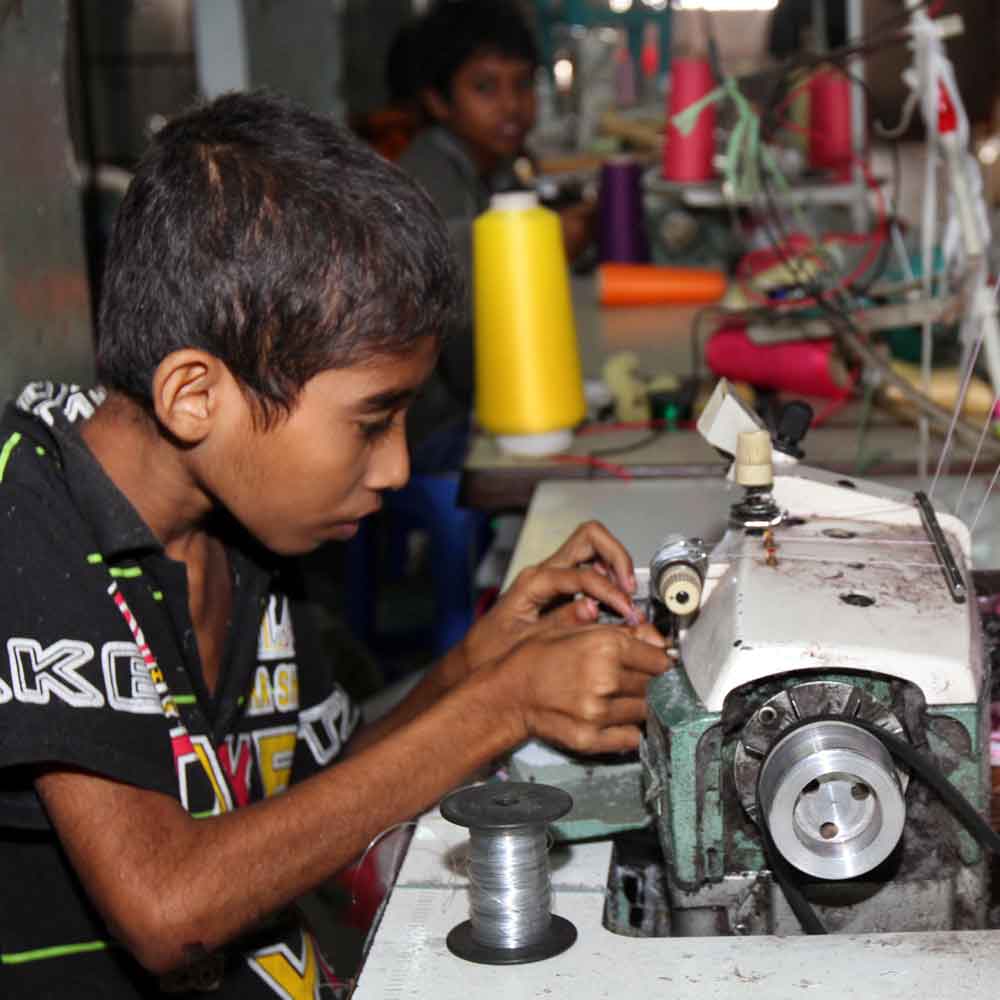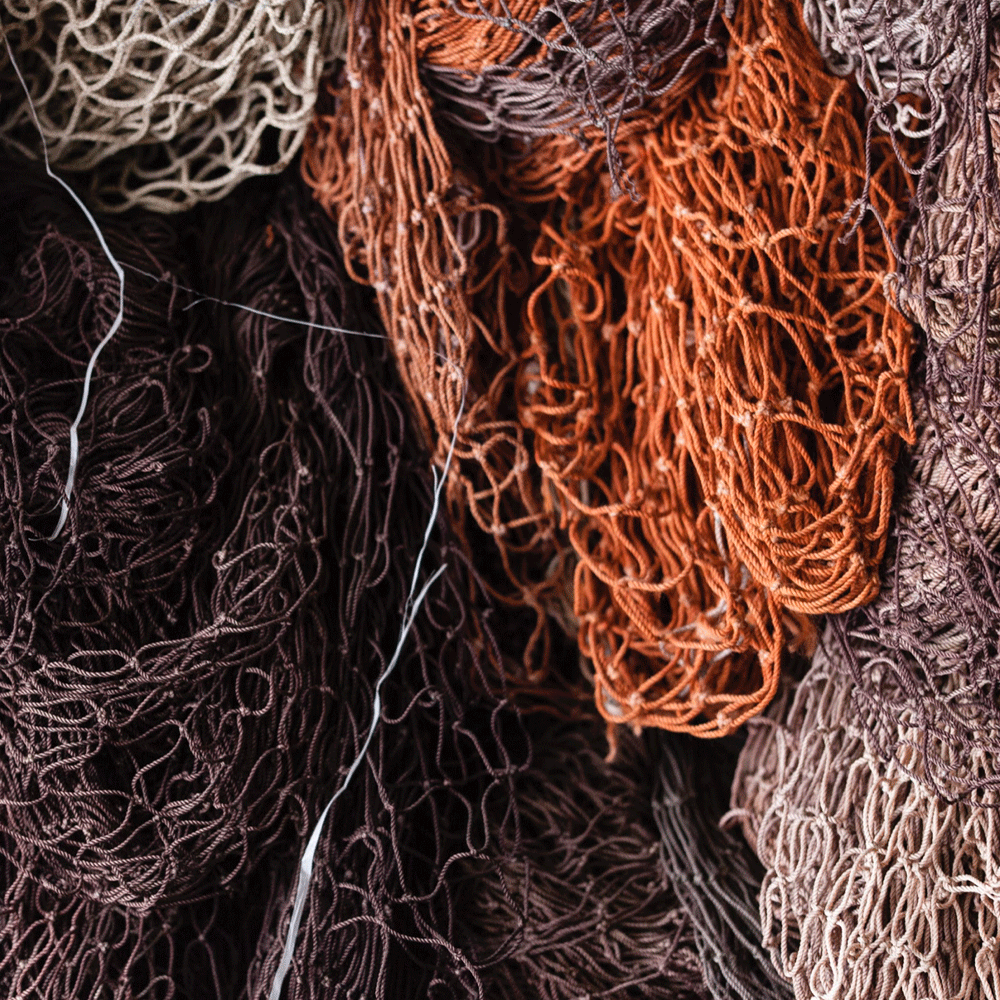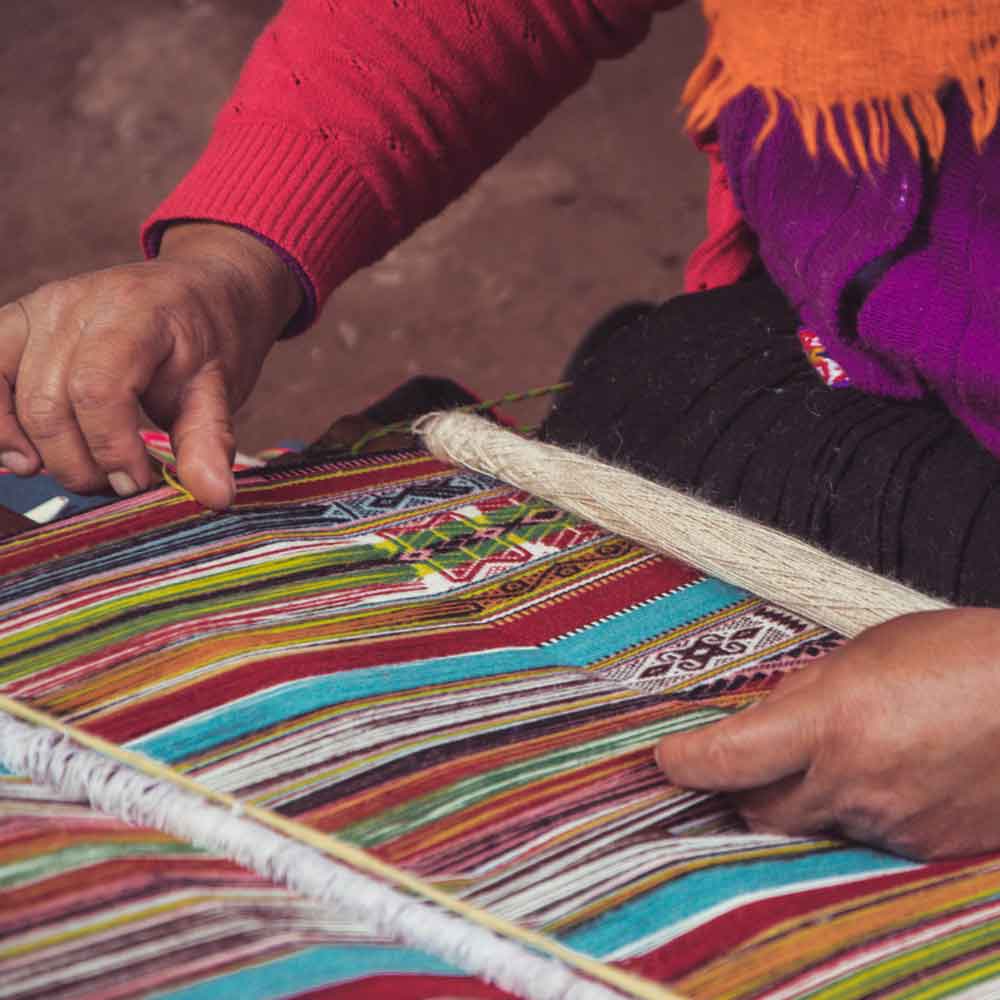Animal Welfare
Who died for your coat?
Every year, billions of animals suffer and die for clothing and accessories. Skin is used to make leather, birds' feathers are ripped out of their skin and many other animals are caged for life before being killed for their fur. Sheep and goats are often mistreated cruelly by workers shearing them for their wool or for cashmere and mohair.
All in the name of fashion. No matter the type of material or where it comes from, if the process involves an animal, it involves horrific cruelty.[1]
With so many other vegan options that are just as good, we all should be turning our back to traditional materials and respecting animals.

Fur Industry
The fur industry - not a necessity and very unnecessary!
Whether it came from an animal on a fur farm or one who was trapped in the wild, all fur has caused an animal tremendous suffering and took away a life.
Animals on fur farms spend their entire lives confined to cramped, filthy wire cages. Fur farmers use the cheapest and cruelest killing methods available, including suffocation, electrocution, gas and poison. Millions of wild animals are brutally trapped and killed every year including coyotes, wolves, racoons, bobcats, opossums, nutria, beavers, otters, and other fur-bearing animals. Furthermore, often animals are still alive when workers hang them up by their legs to skin them.
Did you know that the term faux-fur is often used as a marketing term and actually means that real fur from cats and dogs was used. [2]
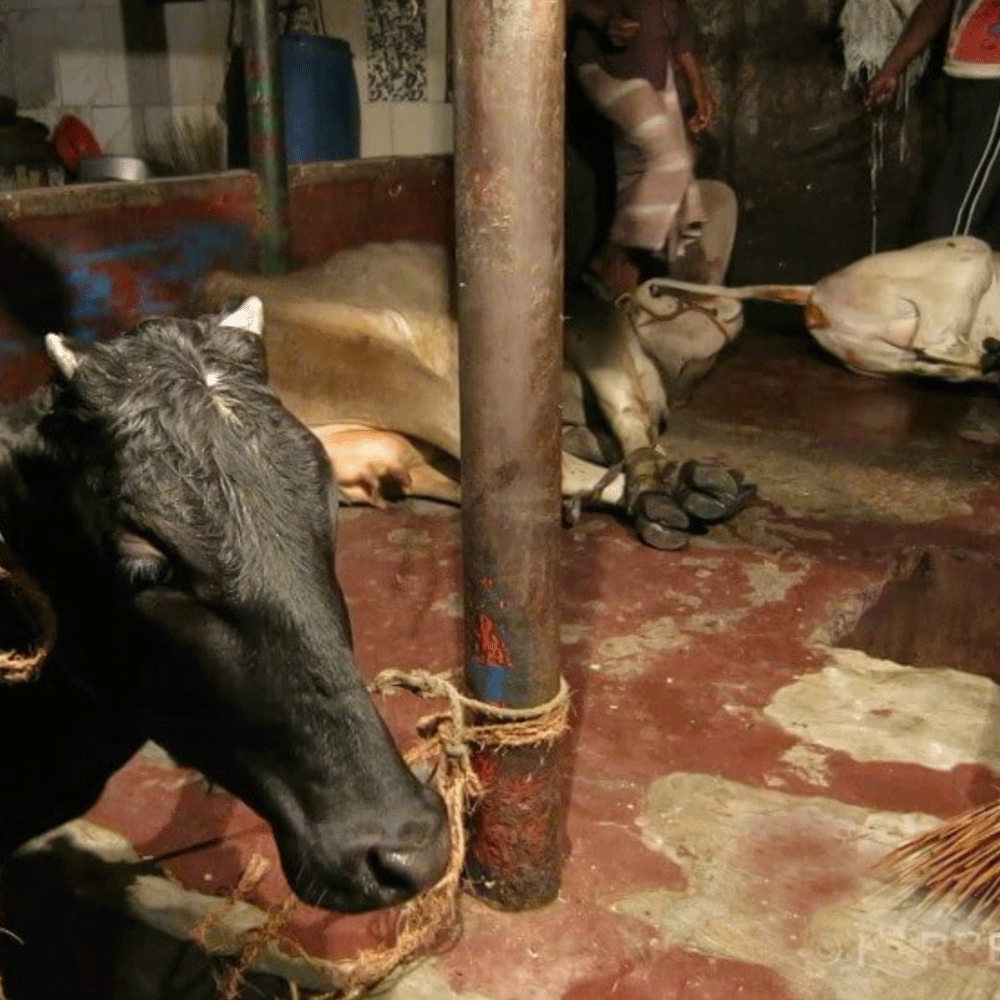
Leather Industry
V for Versatile, V for Vegan Leather. Vision for the future.
Leather can be made from cows, pigs, goats, and sheep; exotic animals such as alligators, ostriches, and kangaroos. Shockingly, even dogs and cats are slaughtered for their meat and skin in China and exported around the world. Due to its lack of labelling, you never really know the origin of leather or what type of animal was killed for it.
Developing countries are the number one producer of leather where animal welfare laws are non-existent. For example, a PETA investigation found that workers break cows’ tails and rub chilli peppers and tobacco into their eyes in order to force them to get up and walk after they collapse from exhaustion on the way to the slaughterhouse.[3]
Check out ECOLOOKBOOKS vegan clothing guide for a list of fashionable yet compassionate clothing brands.
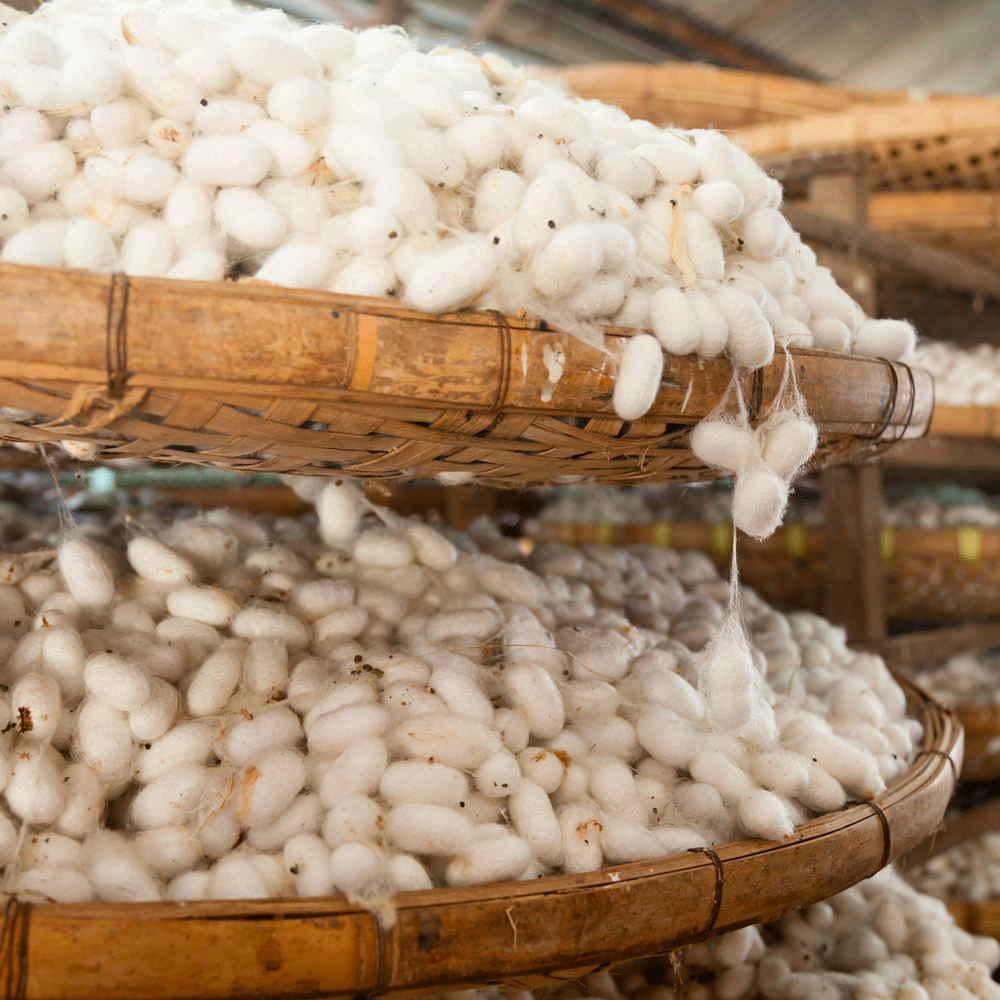
Silk Industry
Silk - there is a worm free option!
Silk is the most luxurious fibre of all, it is soft, light and very durable but 6,600 silkworms are killed to make just 1kg of silk. Silk derives from the cocoons of larvae, so most of the insects raised by the industry don’t live past the pupal stage, as they are steamed or gassed alive inside their cocoons.
However, Peace silk production doesn't involve suffering or killing the worms. In fact, the process of degumming the raw silk is done using natural soap, which is also not harmful to the workers.[3]
Also known as Plant Silk, these fabrics are made from plant fibres and are by-products of food waste such as soya bean proteins. Silk fabrics are biodegradable, durable and can be treated easily with eco low-toxic dyes and pure plant dyes with outstanding colour depth that minimise water waste.[4]

Wool industry
Contrary to common belief- sheep don't need to be sheared!
Without human interference, sheep naturally grow just enough wool to protect themselves from cold to even hot temperatures.
Shearers are usually paid by volume, not by the hour, which encourages fast work without any regard for the welfare of the sheep. In many cases, workers manhandle the sheep cruelly, often ripping off their ears and tails in their haste. These injuries goes untreated and sheep are left suffering and in a lot of pain.
Cashmere
Cashmere is made from the soft undercoats of cashmere goats and follows a similar process to that of sheep. The goats can either be combed by hand or sheared. Cashmere is now also being combined with the fur of Australian possums, who are hunted for their coat, to create a material called “Perino.” [5]
Not to forget- the shocking shearling process.
Contrary to what many consumers think, “shearling” is not sheared wool; it is actually the sheep’s skin tanned with the wool still attached to it. “Shearling” refers to the sheep who has been shorn just once and a shearling garment is made from a sheep or lamb shorn shortly before slaughter. It can take dozens of individual sheep skins to make just one shearling garment such as boots, rugs, seat warmers and home accessories and decorations.
No amount of fluff can hide the fact that anyone who buys wool supports a cruel and bloody industry. There are plenty of durable, stylish, and warm fabrics available that aren’t made from wool or animal skins.[4]
ECOLOOKBOOK's Check Marks
Sources
[1] https://www.peta.org/issues/animals-used-for-clothing/
[2] http://www.humanedecisions.com/the-ugly-truth-about-the-fur-industry-fur-farms-and-fur-trapping/
[3] https://www.peta.org/issues/animals-used-for-clothing/leather-industry/
[4] https://www.peta.org/issues/animals-used-for-clothing/wool-industry/
[5] https://www.peta.org/issues/animals-used-for-clothing/animals-used-skins/

